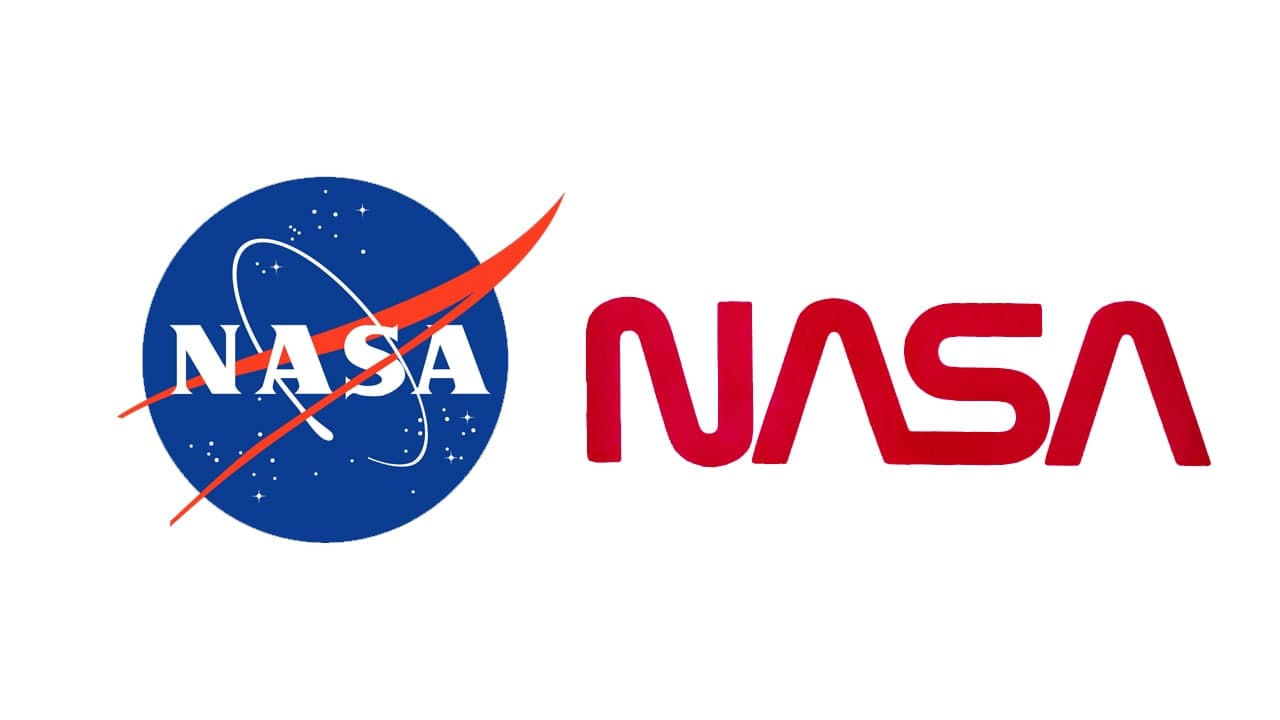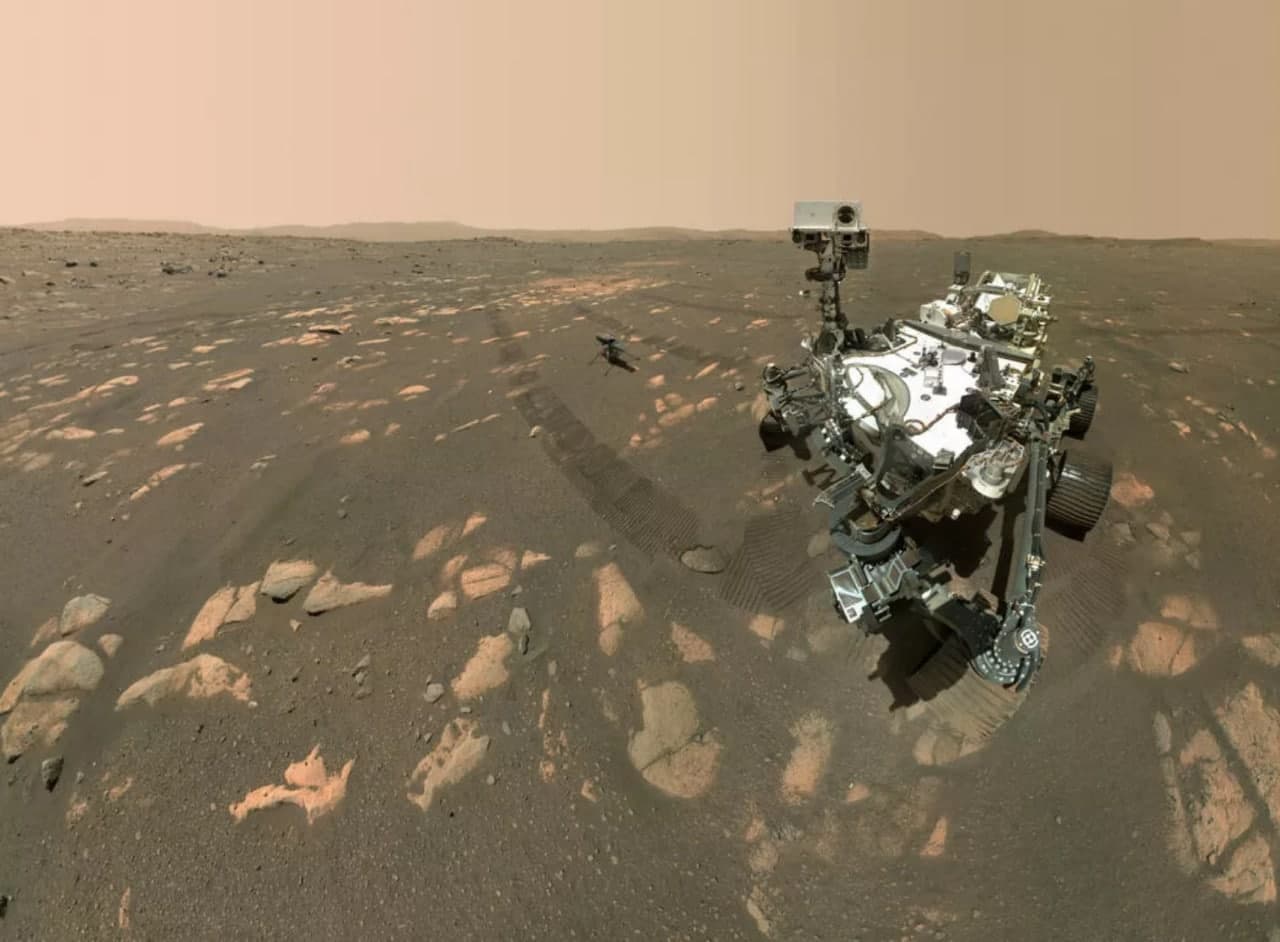The United Launch Alliance (ULA) announced that it had postponed the use of Atlas 5 rockets to launch the Laser Communication Relay Demonstration (LCRD) for NASA. The mission plan was based on the kerosene fuel leak in the ground storage system of the launch pad. Now, the launch time has been rescheduled for Tuesday morning.
ULA announced the postponement of the launch at around 7 pm on the 4th, which was close to the countdown to the launch before dawn on the 5th. ULA stated in a statement: “During the initial operation, we found a fuel leak in the RP-1 ground storage system.” RP-1 is a highly refined rocket-grade kerosene fuel, the first of the Atlas 5 rockets. The RD-180 engine on the stage serves as fuel.
This kerosene fuel was originally scheduled to be refilled on the Atlas 5 rocket in the afternoon of last Friday (3rd) local time in the United States, and then the rocket was delivered to Cape Canaveral No. 41 from ULA’s vertical integration facility Launchpad. But fuel loading was postponed until Saturday, and ULA did not explain why the company was unable to complete the process on Friday. The rocket launch team usually pours cryogenic propellant into Atlas 5 a few hours before launch.
Join Tip3X on Telegram
ULA initially announced that it would schedule the relaunch on Monday, but the company’s representative announced on Sunday afternoon that the team needed more time to test fuel samples to ensure that the kerosene was not contaminated during the spill. ULA also stated that maintenance work on the ground storage system was completed on Sunday afternoon. The new target launch time is 4:04 AM on Tuesday, and the launch window has two hours.
The Atlas 5 rocket will launch two satellites for NASA, the National Nuclear Security Administration, and the Taiwan Air Force. These satellites carry a series of technical prototypes and experiments. US military engineers will test whether they are ready for the future.
The larger satellite is called STPSat 6, manufactured by Northrop Grumman (Northrop Grumman), carrying NASA’s laser communication experiment and the National Nuclear Safety Administration’s payload. The military has not disclosed the details of other experiments in the mission, but officials said that they usually test technologies related to space domain perception, space weather monitoring, and communication.
 New technologies and instruments that can collect more data than ever before are increasingly being used in space missions. Therefore, in order to transmit these data back to Earth as quickly and as safely as possible, NASA plans to replace the current old-fashioned radio frequency communication technology with laser communication.
New technologies and instruments that can collect more data than ever before are increasingly being used in space missions. Therefore, in order to transmit these data back to Earth as quickly and as safely as possible, NASA plans to replace the current old-fashioned radio frequency communication technology with laser communication.
On May 12 this year, NASA announced that its Laser Communication Relay Demonstration (LCRD) mission will be launched this summer to demonstrate the effects of these technologies. Laser communication will greatly improve the way data is sent back to the earth, speed up the entire process, and successfully transmit 10 to 100 times more data than current RF systems. For example, it currently takes about 9 weeks for a map of Mars to be transmitted to the earth, but with laser communication, this time will be shortened to 9 days.
The second satellite, named LDPE 1, will be installed in the Atlas 5 payload fairing, underneath the STPSat 6 satellite. LDPE-1 has its own technical experiment goal and will have its own propulsion system to maneuver in space. The goal of the Atlas 5 rocket is to launch these two satellites in a geosynchronous orbit over 36,000 kilometers above the equator about 7 hours after liftoff.












